
Professional Scorpion Control Services
Professional Solutions for Scorpion Infestations
Few pest problems are as unsettling as scorpions. These dangerous pests can slip into your home through the smallest cracks and often hide in dark, cool spaces. Their painful sting poses a real risk to families and pets, especially in the Sonoran Desert, where scorpions are common. Because they are highly resilient and difficult to control, professional help is often the only way to keep them away.
Our comprehensive scorpion control services are designed to identify entry points, reduce nesting areas, and provide long-lasting protection, so you can feel safe and secure in your home again.
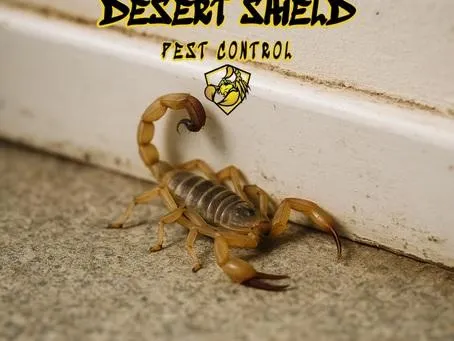
Understanding Scorpions
What Are Scorpions?

Scorpions are ancient arachnids that belong to the order Scorpiones. These predatory arthropods have existed for over 400 million years, making them one of the oldest terrestrial animals on Earth.
Scorpion Characteristics
Appearance: Eight legs, two pincers (pedipalps), and a segmented tail ending in a venomous stinger
Size: Range from 0.5 inches to 8 inches long, depending on species
Behavior: Nocturnal hunters that ambush prey using pincers and venomous sting
Lifespan: Can live 2 to 6 years in the wild, with some species reaching 25 years
Reproduction: Females give birth to live young after gestation of several months
Mobility: Excellent climbers with specialized claws, can also burrow and swim
Signs of a Scorpion Infestation
Early detection is key to keeping your home safe. Look out for these warning signs:
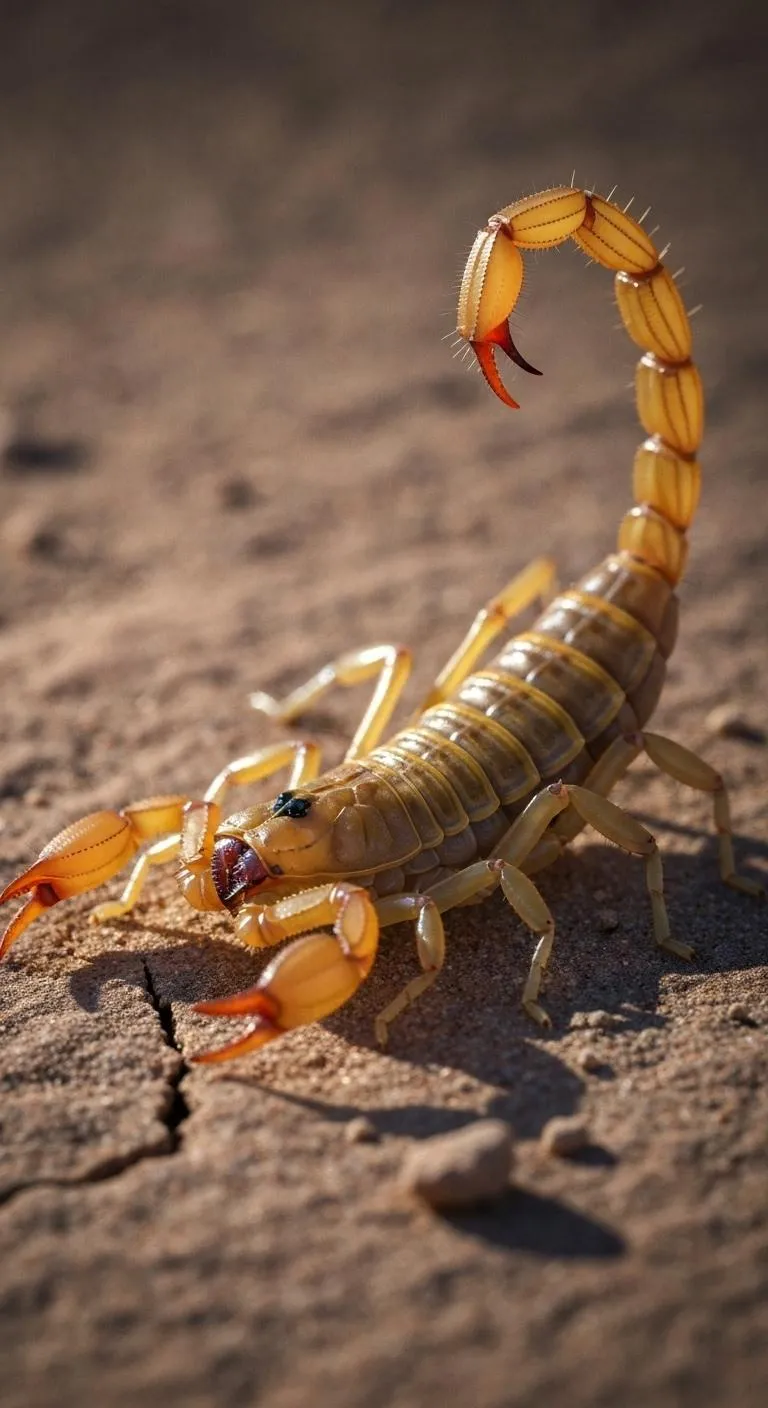
Scorpion Sightings
The most obvious sign—spotting scorpions indoors, especially at night, when they’re most active.
Stings
Painful stings on family members or pets, often occurring at night or when reaching into dark spaces.
Scorpion Droppings
Powdery or crumbly droppings that may appear near baseboards, walls, or dark corners.
Exoskeletons (Shed Skins)
Scorpions shed their outer shell as they grow, leaving behind light, papery exoskeletons.
Increased Insect Activity
Since scorpions feed on insects, a spike in bugs around your home can attract them.
Hiding Spots
Scorpions often shelter in cool, dark areas such as closets, shoes, basements, attics, or under rocks and debris outside.
Where to Look
Baseboards and Walls
Check along edges, cracks, and small gaps where scorpions may squeeze through.
Closets and Shoes
Examine dark, undisturbed areas such as clothing piles or inside footwear.
Garages and Attics
Look in storage boxes, behind shelving, and insulation where they may hide.
How Scorpion Spread
Understanding How Scorpions Enter Your Home Helps Prevent Infestations
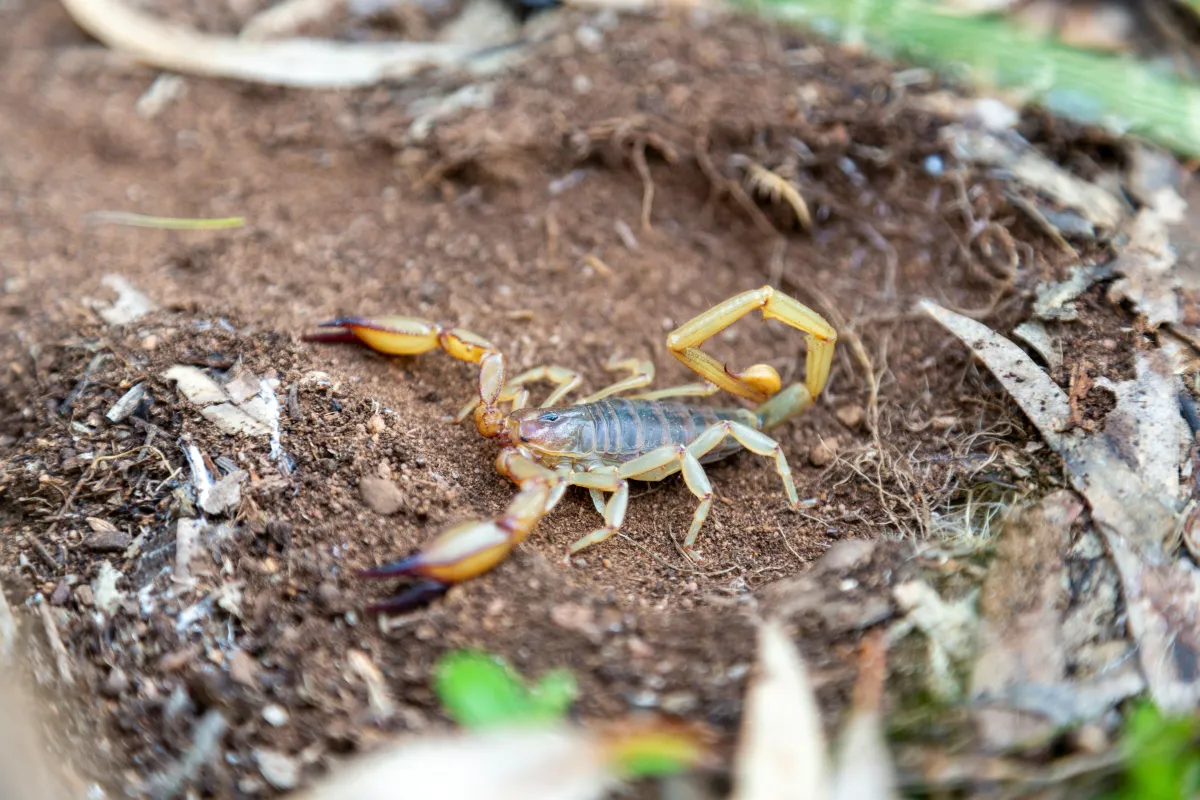
1. Outdoor Shelter to Indoors
Scorpions live under rocks, woodpiles, and debris. They often move indoors when seeking food, water, or cooler shelter.
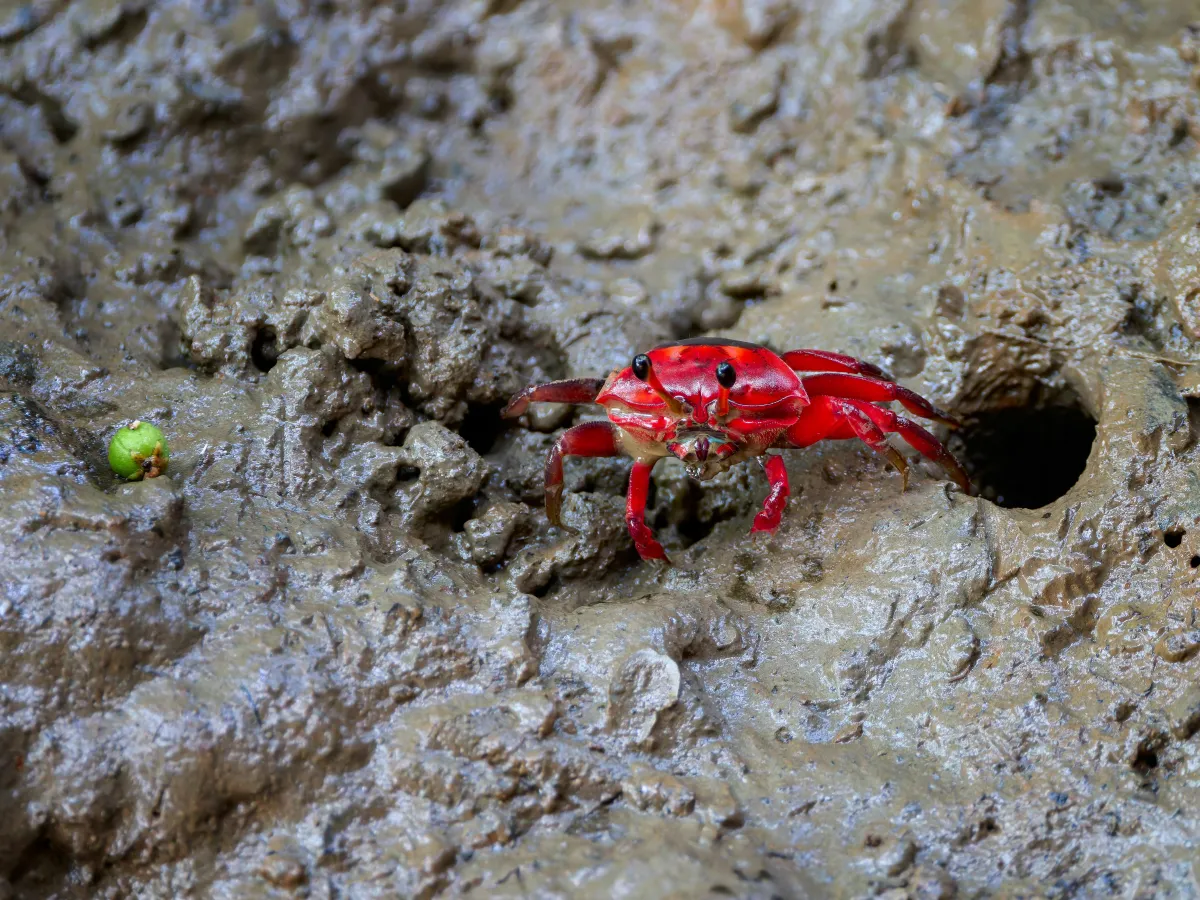
2. Entry Through Small Openings
They slip through cracks in foundations, gaps under doors, vents, or utility lines to gain access inside homes and buildings.
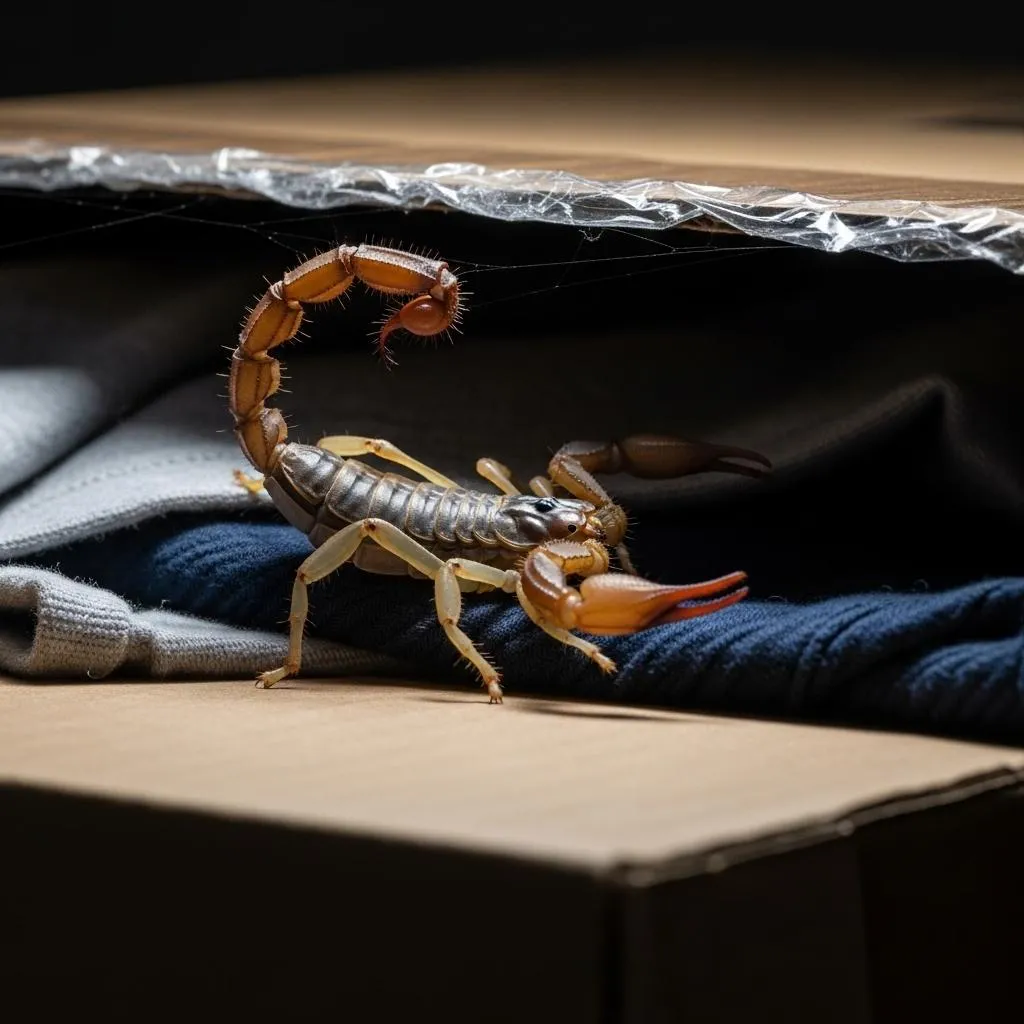
3. Accidental Transport
Scorpions can be carried in with firewood, boxes, shoes, or outdoor equipment, sometimes unnoticed until they emerge inside
The Challenges of Scorpion Control
Trying to eliminate scorpions on your own can be both frustrating and risky.

Hidden Entry Points
Scorpions can squeeze through tiny cracks, vents, and gaps that are hard to seal.
Nocturnal Behavior
They are most active at night, making them difficult to spot and control during the day.
Survival Skills
Scorpions can survive harsh conditions, go long periods without food, and hide in hard-to-reach places.
Safety Concerns
Certain species deliver painful, sometimes medically significant stings, posing risks to family and pets.
Ineffective DIY Efforts
Home remedies and consumer sprays rarely address the root problem, often leading to recurring infestations.
Our Comprehensive Scorpion Control Approach
We take a thorough and strategic approach to scorpion control.

Thorough Inspection
Our certified technicians will conduct a detailed inspection to:
Identify scorpion entry points around your home and property
Locate harborage areas such as cracks, woodpiles, and cluttered spaces
Assess surrounding conditions that attract scorpions, including other pest activity
Create a customized treatment plan based on your specific situation

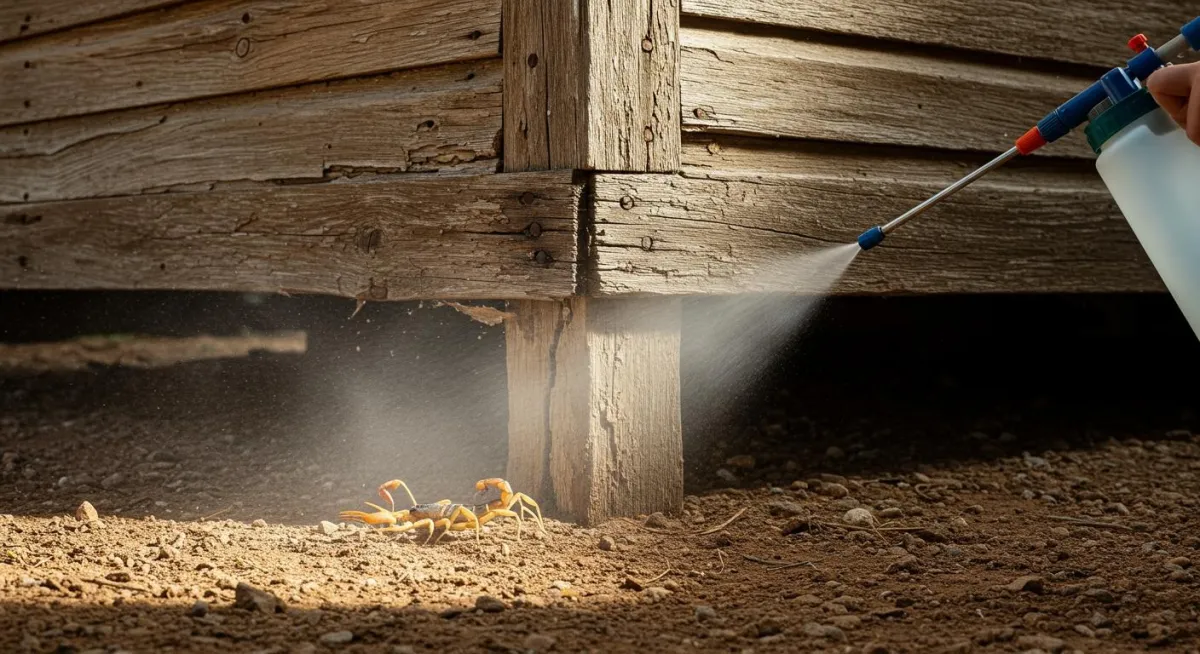
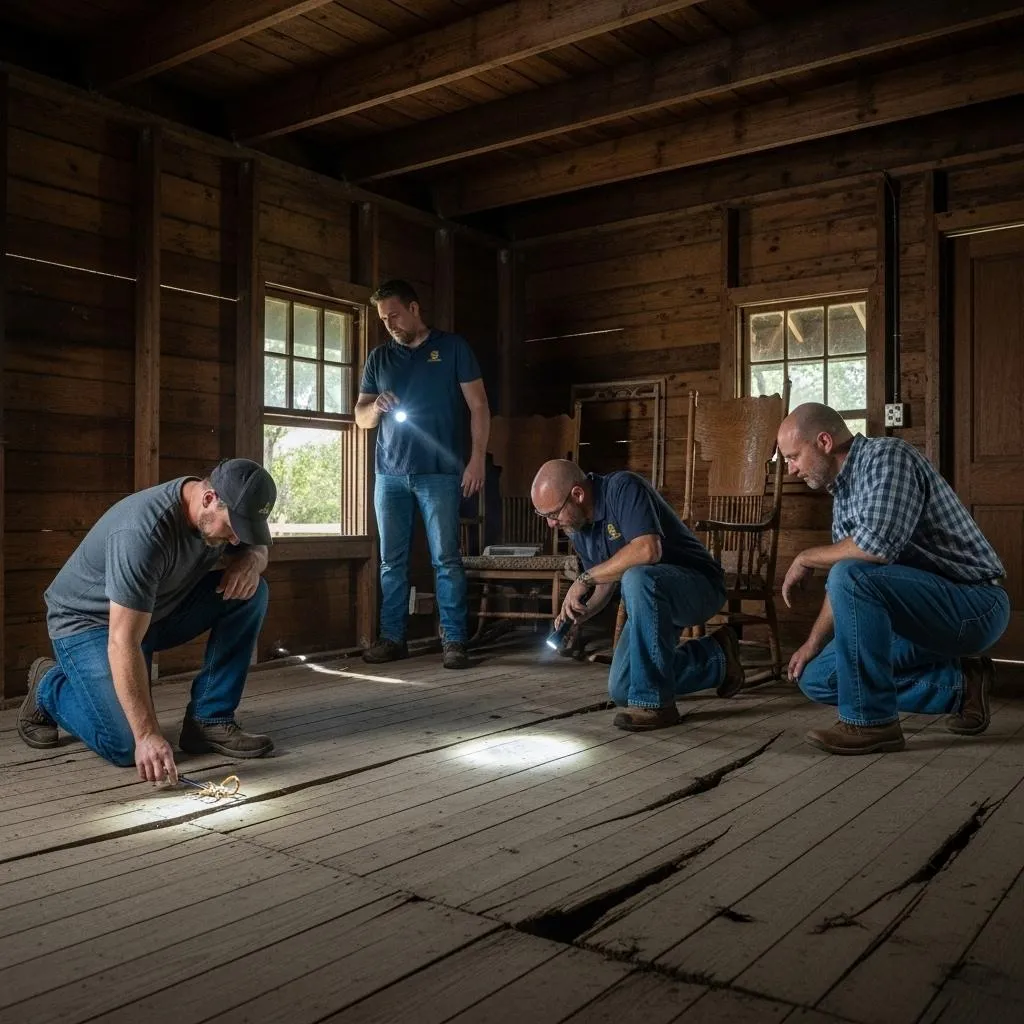
Customized Treatment Plan
Based on our findings, we’ll develop a tailored scorpion control strategy that may include:
Barrier Treatments
Application of professional-grade residual insecticides around the foundation, walls, and common entry points
Targeted treatment of cracks, crevices, and outdoor harborage areas
Specialized dust treatments in wall voids, attics, and crawl spaces to eliminate hiding scorpions
Habitat Modification & Exclusion
Sealing entry points such as gaps, cracks, and openings around doors, windows, and utility lines
Reducing outdoor conditions that attract scorpions, like clutter, debris, or excessive moisture
Implementing measures to limit food sources (insects) that scorpions prey on
Ongoing Monitoring & Maintenance
Regular follow-up treatments to ensure scorpions do not return
Continued inspections to identify new risks or entry points
Long-term prevention strategies to keep your home scorpion-free

Preventative Measures
Based on our inspection, we’ll create a customized scorpion prevention strategy that may include:
Sealing cracks, gaps, and entry points around doors, windows, and foundations
Reducing outdoor conditions that attract scorpions, such as woodpiles, clutter, and standing water
Recommending yard and structural modifications to minimize hiding spots
Installing barriers and applying professional-grade treatments to deter scorpion entry
Follow-Up Protection
Our commitment to scorpion control includes:
Scheduled follow-up visits to monitor activity and ensure lasting protection
Additional treatments if any scorpion activity is detected after the initial service
Continuous monitoring of high-risk areas around your home
Guidance and education on long-term prevention practices to keep your property scorpion-free
Benefits of Professional Scorpion Control
Choosing our professional Scorpion services offers several advantages
Expert Knowledge
Trained technicians who understand scorpion behavior and hiding places
Knowledge of the most effective, proven treatment methods
Ability to identify structural vulnerabilities that allow scorpions indoors
Experience handling infestations of all sizes and risk levels
Comprehensive Solutions
Access to professional-grade products and application techniques
Integrated treatment strategies not available to homeowners
Targeted elimination of scorpions and their entry points, not just surface sightings
Long-term prevention measures to reduce the chance of future infestations
Peace of Mind
Confidence that your home is protected against dangerous scorpions
Follow-up inspections to verify complete elimination
Ongoing monitoring and preventive recommendations
Assurance that your family’s safety is our top priority
Scorpion Prevention Tips
While no method can guarantee prevention, these steps can greatly reduce your risk
Around the Home
Seal cracks and gaps in walls, baseboards, and foundations to block entry
Install weather stripping on doors and windows, and ensure screens fit tightly
Keep firewood, rocks, and debris stacked away from the home’s foundation
Trim bushes, tree branches, and overgrown vegetation near the house
Reduce moisture by fixing leaky pipes and using dehumidifiers in damp areas
Indoors
Remove clutter where scorpions can hide, such as boxes and piles of clothes
Shake out shoes, clothing, and bedding before use, especially if stored on the floor
Use sticky traps in dark corners, basements, and garages for early detection
Keep beds slightly away from walls and avoid hanging bedding that touches the floor
Inspect second-hand furniture and storage items carefully before bringing them inside
Our Scorpion Control Guarantee
We stand firmly behind our services with a satisfaction guarantee. If scorpions return after our complete treatment process, our team will return at no additional cost and continue treatments until your home is fully protected and scorpion-free
Frequently Asked Questions
Get answers to common questions about Scorpion
How do I know if I have scorpions?
Scorpions often hide in cool, dark places—under rocks, in cracks, or around garages and baseboards. You may spot them at night using a UV flashlight (they glow under blacklight). If you live in Vail, Rita Ranch, or southeast Tucson, scorpions are common.
What’s the best way to get rid of scorpions?
We use microencapsulated insecticides and apply a barrier treatment around your home’s foundation, wall voids, and entry points. Sealing up gaps and removing harborage areas (like woodpiles and overgrown landscaping) also helps
Ready for a Scorpion-Free Home?
Don’t let scorpions put your family’s safety at risk. Our professional scorpion control services deliver effective, long-lasting solutions to keep these dangerous pests out of your home and give you peace of mind.
We guarantee your satisfaction and will work with you until your scorpion problem is completely resolved.


COMPANY
LEGAL
Contact
© Copyright 2025. Desert Shield Pest Control. All Rights Reserved.

